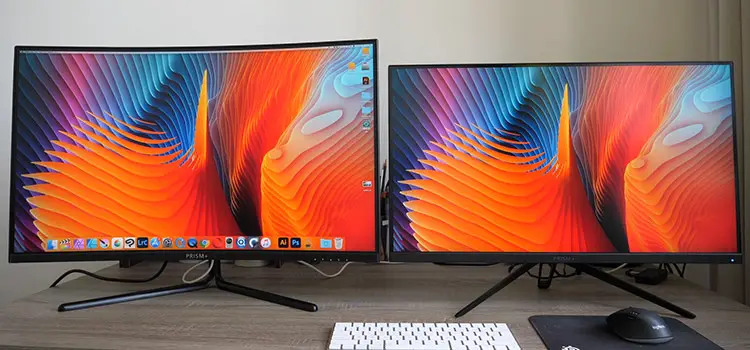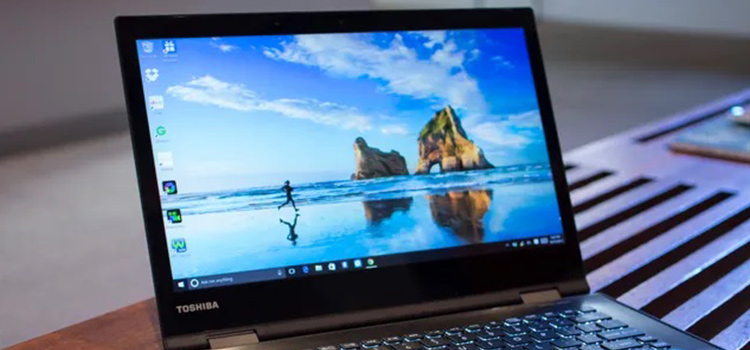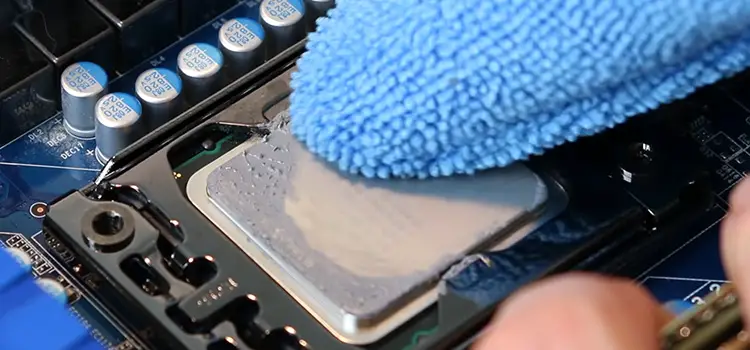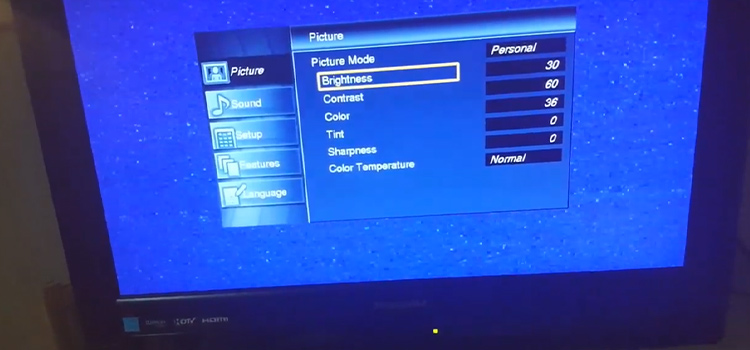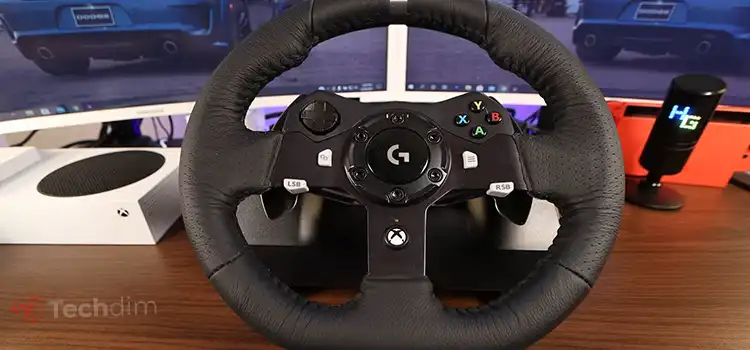Can A DDR3 Motherboard Support DDR4 RAM? Guide to Know the Real Fact!
DDR3 motherboards are widely used in modern computers, providing good performance and compatibility with a wide range of components. However, many people wonder if a DDR3 motherboard can support DDR4 memory. The answer is yes, but it may require a BIOS update to do so. Additionally, some DDR3 motherboards may not be able to support DDR4 memory due to their design and specifications.

Can a DDR4 RAM on a DDR3 Motherboard Work Effectively
There are 5 types of RAM available in the market. However, the two most popular types of RAM currently in use are DDR3 and DDR4. DDR3 is the older standard and is becoming more and more outdated as newer technology is constantly being released. DDR4 is much faster and more efficient than its predecessor.
A DDR3 motherboard cannot support DDR4 RAM because they are not compatible. DDR3 and DDR4 RAM use different pin configurations and voltages, so they are not interchangeable.
However, there are some ways to get around this limitation. If you have an older motherboard with a DDR3 socket, you can purchase a DDR3 to DDR4 adapter. This adapter will allow you to use DDR4 RAM on your DDR3 motherboard.
It is important to note, however, that using a DDR3 to DDR4 adapter may not provide the same performance as using DDR4 RAM on a DDR4 motherboard. The adapter will reduce the effectiveness of the RAM, as it won’t be able to take full advantage of the increased speed and efficiency offered by DDR4 RAM. In conclusion, a DDR3 motherboard cannot support DDR4 RAM.
BIOS Update for DDR3 Motherboard to Support DDR4 RAM
The BIOS update for DDR3 Motherboards to Support DDR4 RAM is a relatively simple process. DDR4 RAM is the faster version of computer memory and is increasingly popular for its increased performance and efficiency. However, if you have an older motherboard that does not support DDR4 RAM, you may be wondering how you can upgrade your system to take advantage of this technology.
Before you start the update process, you need to make sure that your motherboard is compatible with the BIOS update you intend to install. You can easily check this by looking up the model number of your motherboard online. Once you have confirmed that the update is compatible, you can download the update and install it onto your motherboard.
The installation process is pretty straightforward. All you need to do is run the update program, follow the on-screen instructions, and restart your system when prompted. Once the update has been installed, you should be able to use DDR4 RAM on your system.
However, it is worth remembering that updating your BIOS is not without risk. It is strongly recommended that you create a backup of your system in case anything goes wrong during the update process. This is especially important if you are using a laptop or other device where the BIOS update may cause the system to become inoperable.
How to Make a DDR3 Motherboard Support DDR4 RAM
The first thing to consider when attempting to make a DDR3 motherboard support DDR4 RAM is compatibility. DDR3 and DDR4 are not compatible and as a result, it is not possible to simply replace the existing DDR3 RAM with DDR4. This means that in order to support DDR4 RAM, some modifications must be made to the motherboard.
1. Hardware Modifications
The most common method to make a DDR3 motherboard support DDR4 RAM is to replace the existing DDR3 memory controller with a new one that supports DDR4. This process requires a considerable amount of technical knowledge, as the memory controller must be soldered onto the motherboard. It is also important to note that not all motherboards can support this modification, as some are not designed with the necessary components.
2. Software Modifications
Another option to make a DDR3 motherboard support DDR4 RAM is to use a software emulator. This is a program that allows the motherboard to use DDR4 RAM even if it does not have a physical DDR4 controller. However, this is a less reliable option as it relies on the emulator to translate the signals from the RAM to the motherboard.
Making a DDR3 motherboard support DDR4 RAM is not an easy task as they are not compatible. The most reliable option is to replace the existing DDR3 memory controller with one that supports DDR4. However, this requires a significant amount of technical knowledge and is only possible on certain motherboards. Alternatively, a software emulator can be used to make a DDR3 motherboard support DDR4 RAM, although this is a less reliable option.
FAQs (Frequently Asked Questions)
What is the Difference Between DDR4 and DDR3?
The primary difference between DDR4 and DDR3 is the speed at which they operate. DDR4 is the newest and fastest type of RAM, allowing for faster data transfer rates and higher bandwidth.
DDR4 also has a lower power consumption than DDR3, which is beneficial for laptops and other portable devices. It requires only 1.2 volts of power, while DDR3 requires up to 1.5 volts. This helps to reduce the device’s overall energy consumption, and can also help to extend the battery life of a laptop.
What to Consider When Buying DDR4 RAM?
When buying DDR4 RAM, there are a few things you should consider. First, make sure that the RAM is compatible with your motherboard. Then, look for RAM with a high clock speed, as this will provide the best performance. Finally, make sure you get the right capacity for your needs; the more RAM you have, the better.
Conclusion
A DDR3 motherboard cannot support DDR4 RAM as they are not compatible. DDR3 and DDR4 RAM have different connectors, so attempting to connect them could result in damage to the motherboard and/or RAM. It is important to ensure that the motherboard and RAM are compatible with each other before attempting to install them.
Subscribe to our newsletter
& plug into
the world of technology
